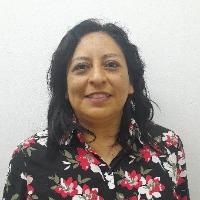Open Access Policy refers to a set of principles and guidelines aimed at providing unrestricted access to scholarly research and literature. It promotes the free availability and unrestricted use of research outputs, enabling researchers, students, and the general public to access, read, download, and distribute scholarly articles without financial or legal barriers. In this response, I will provide you with an overview of the history and latest resolutions related to Open Access Policy.
The medicinal herb Asparagus racemosus has been used in traditional medicine to treat various diseases such as cough, diarrhoea, diabetes, gastric issues, gonorrhoea, headaches, piles, rheumatism, and even lactation enhancement. This study explores the genetic information and phytochemicals of the species native to Gia Lai province, Vietnam before its conservation and cultivation. Five species of A. racemosus were analyzed using the trnL-e/trnL-f regions sequence. A. racemosus roots were extracted by water then Ultra-High-Performance Liquid Chr...omatography coupled with Quadrupole/Time-Of-Flight Mass Spectrometry (UHPLC-Q-TOF-MS) spectroscopy was used to screen for their phytochemicals. We have confirmed the DNA genetics of A. racemosus species collected in Gia Lai, Vietnam. In water extract of A. racemosus roots, UHPLC-Q-TOF-MS tentatively identified two flavonoids (Quercetin-3-glucuronide, Rutin), five steroidal saponins (Shatavarin I, Shatavarin IV, Shatavarin IX, Asparacoside, Asparanin A), and two steroids (β-sitosterol, Daucosterol). The experimental findings confirm the A. racemosus species for conservation and cultivation in Vietnam and contribute the benefits to the chemical literature of Vietnamese natural flora. A. racemosus should be further studied for pharmaceutical activities.













